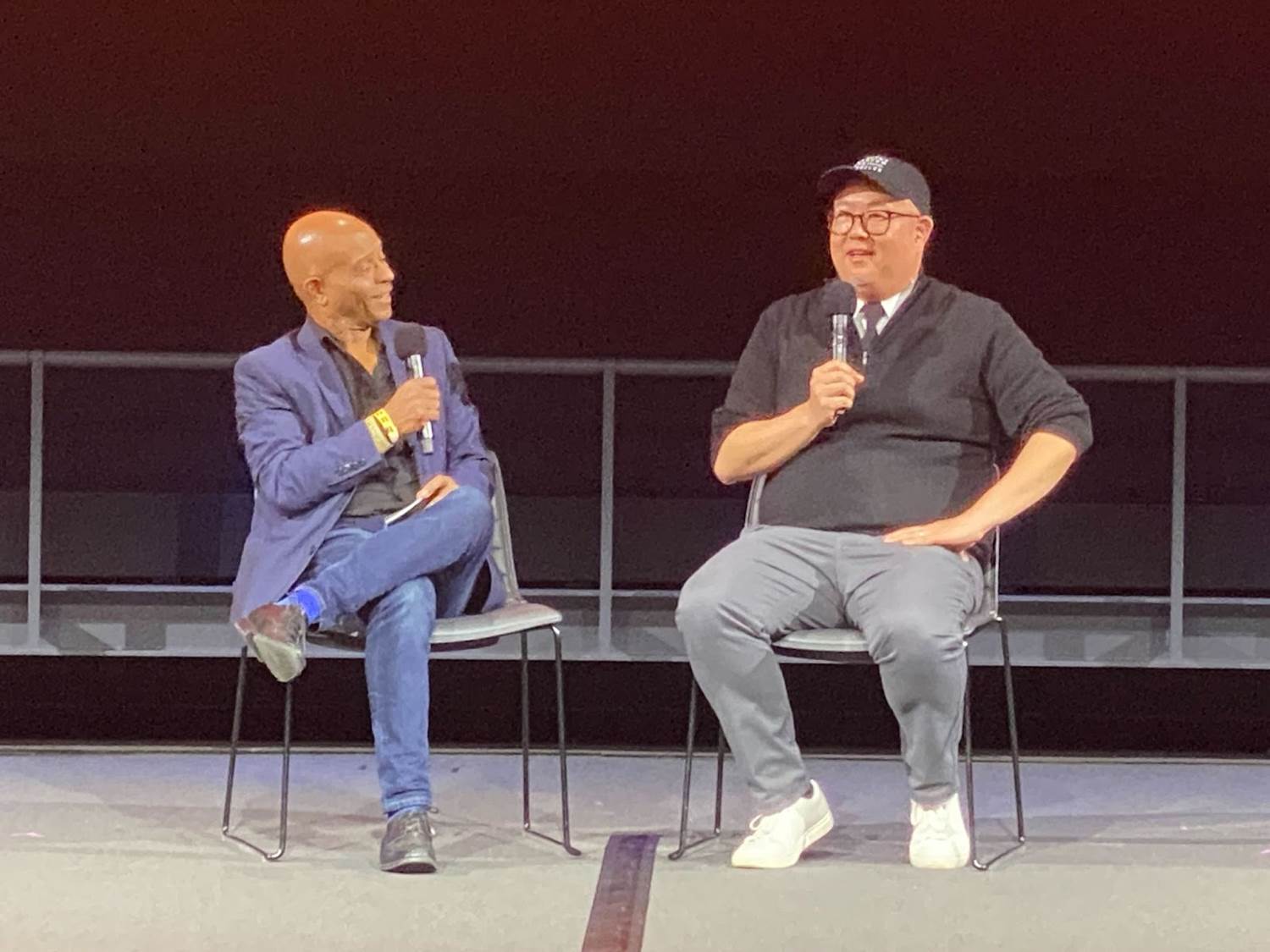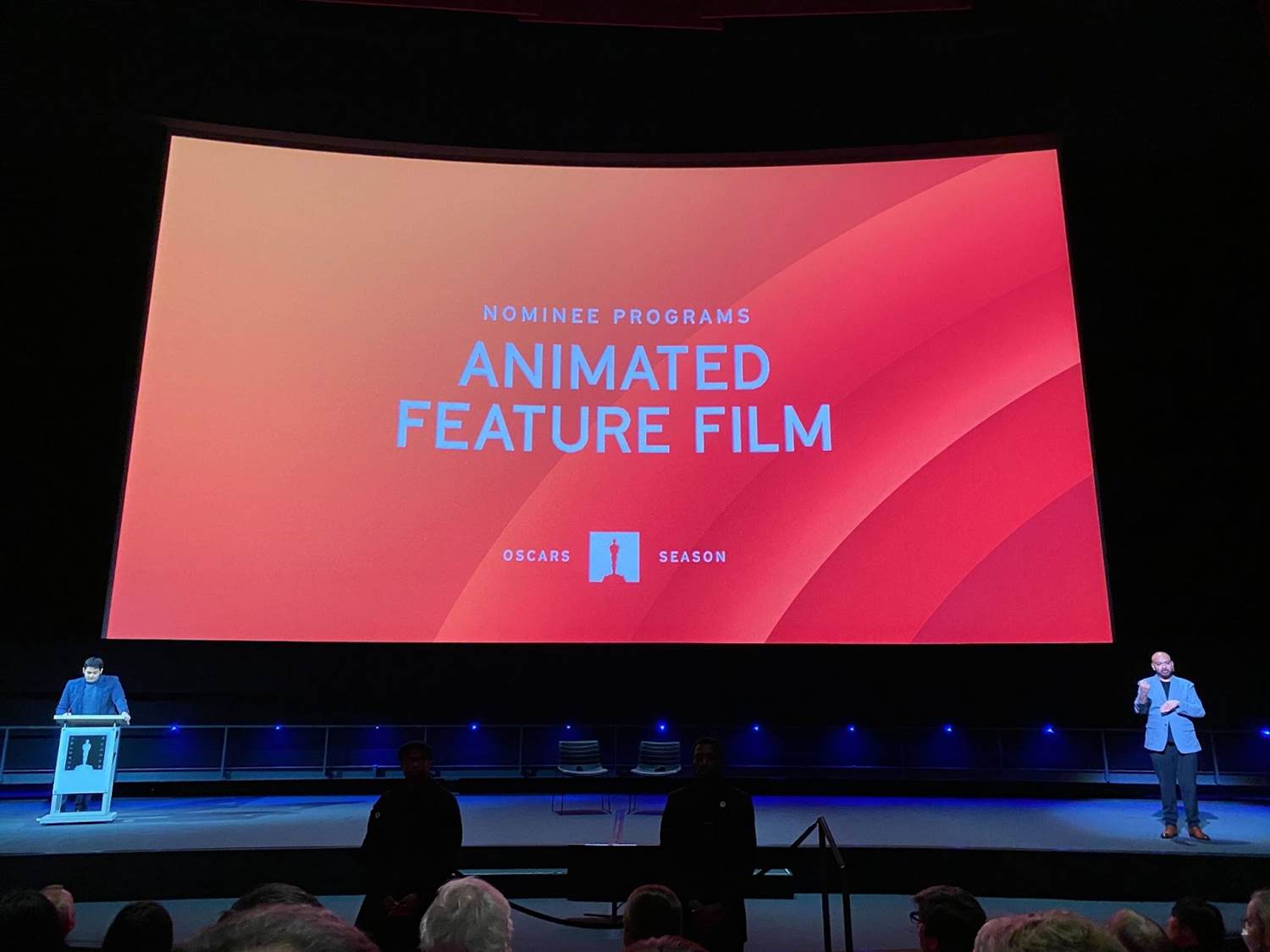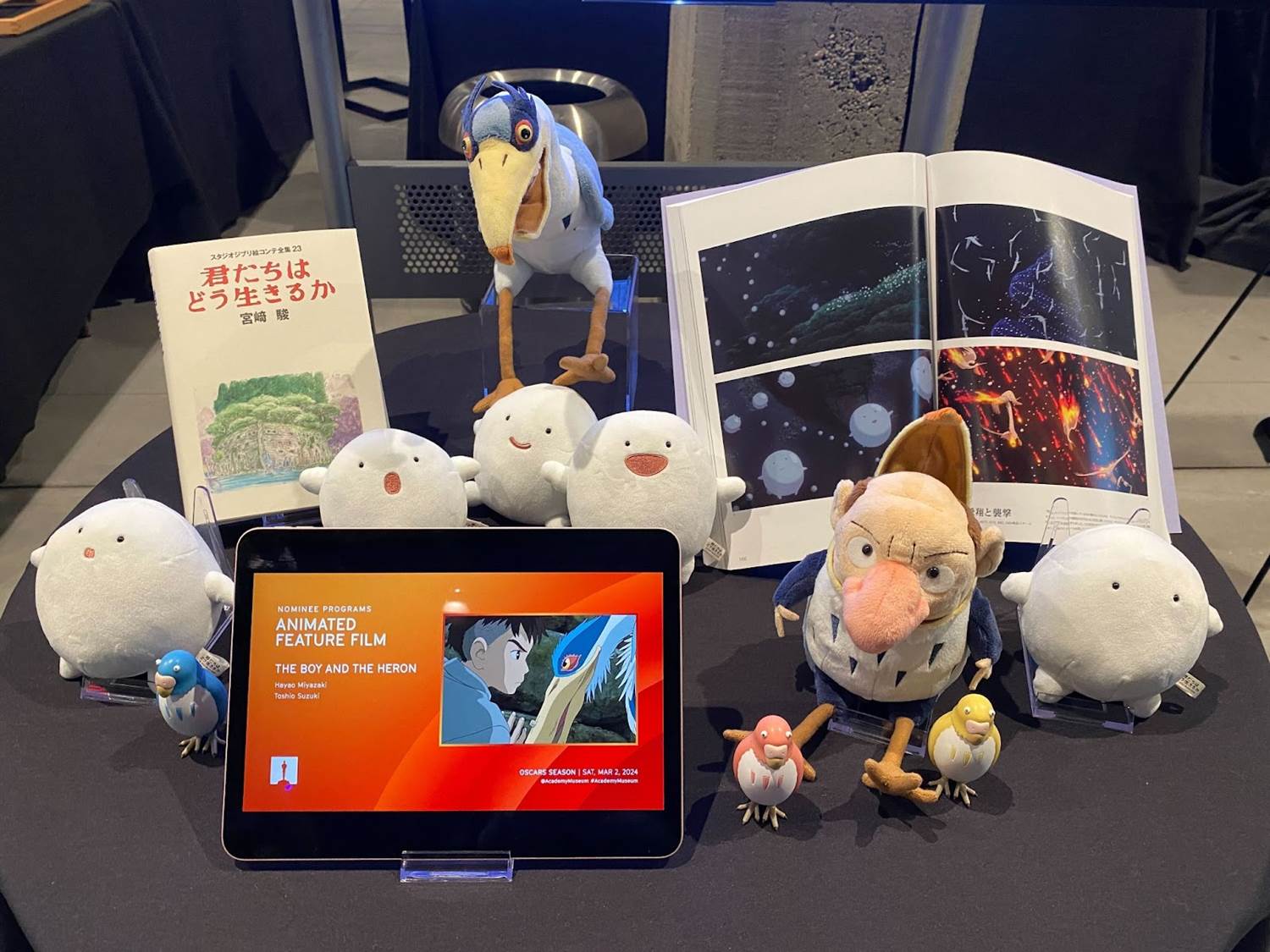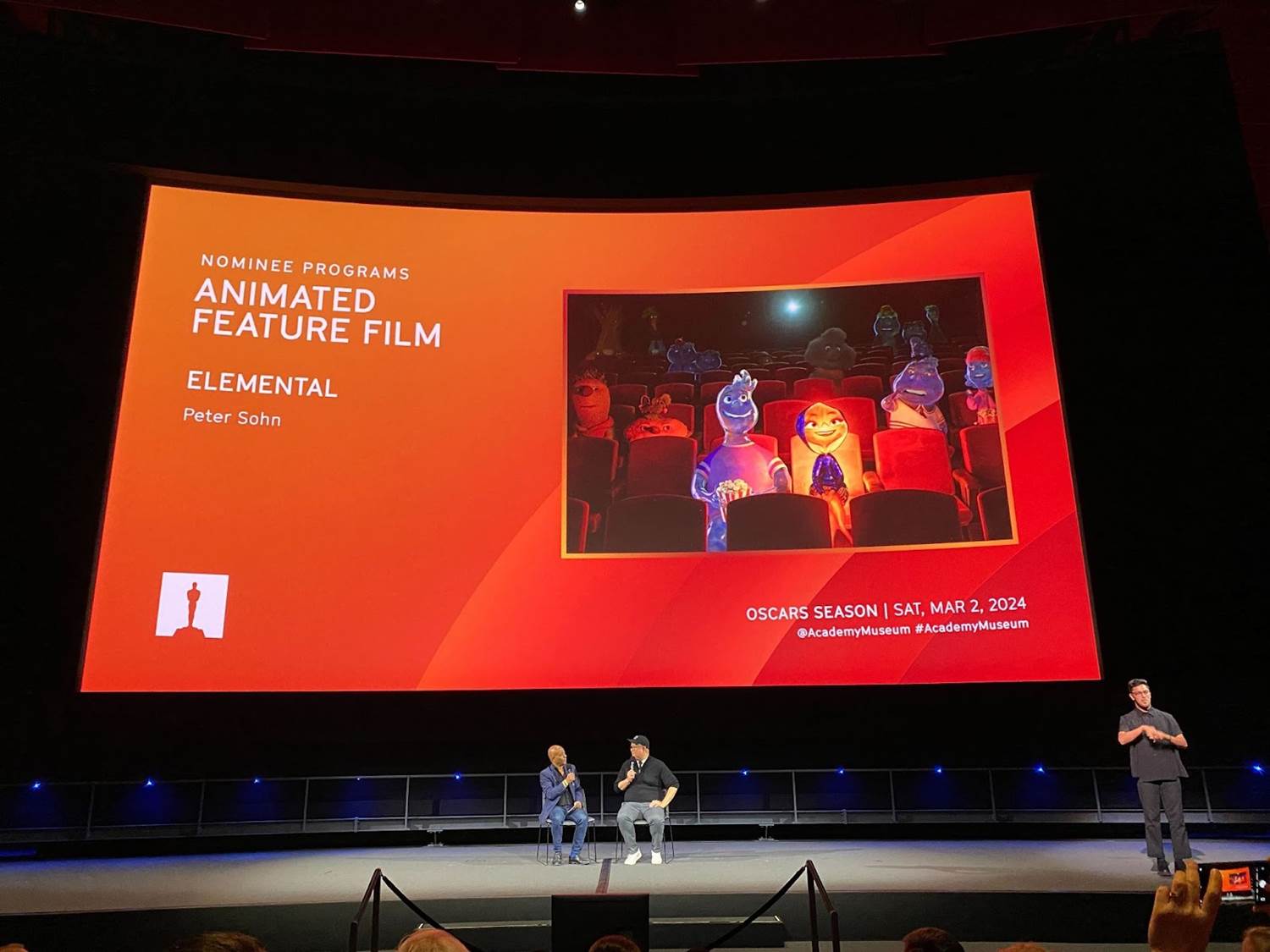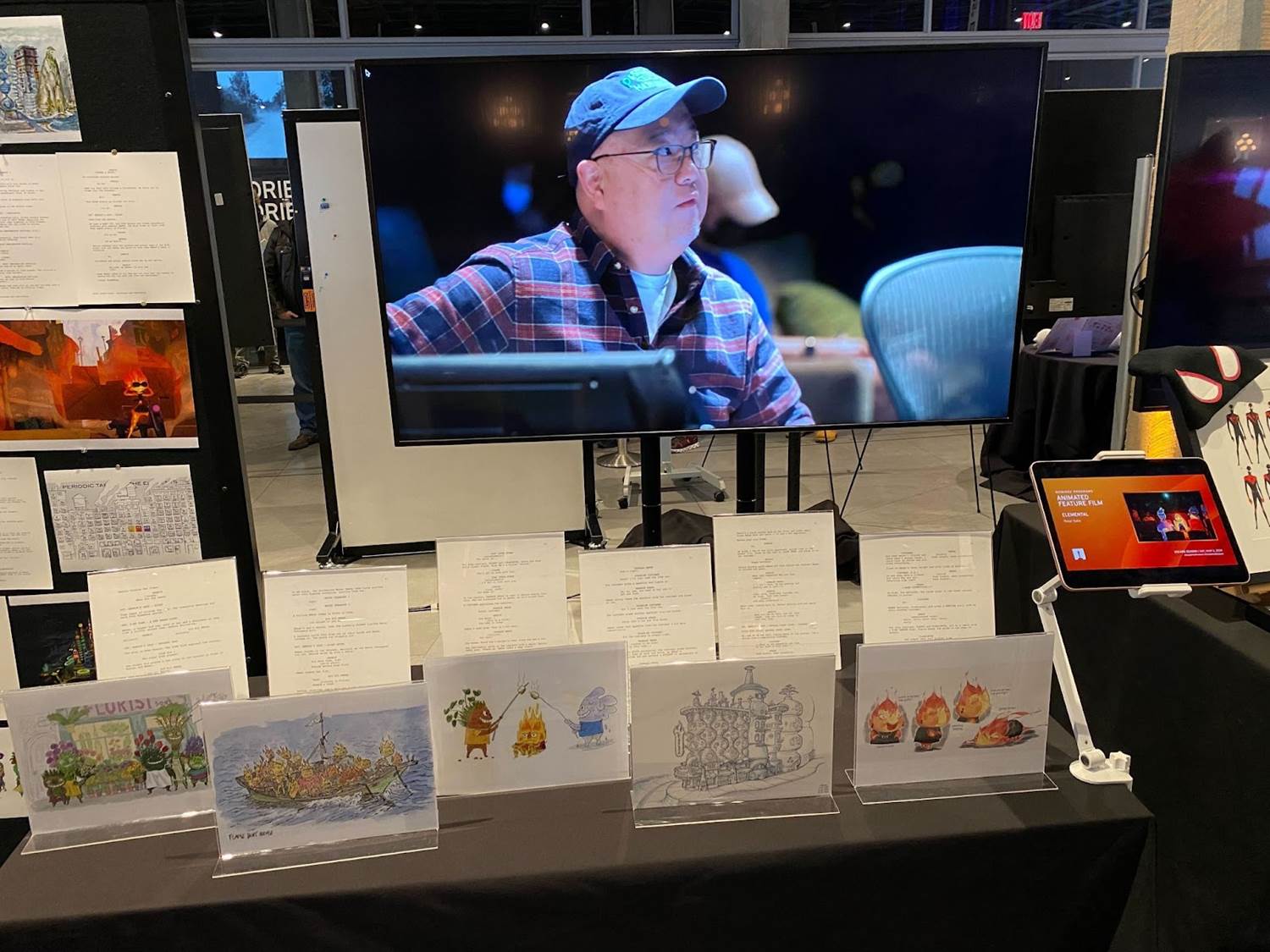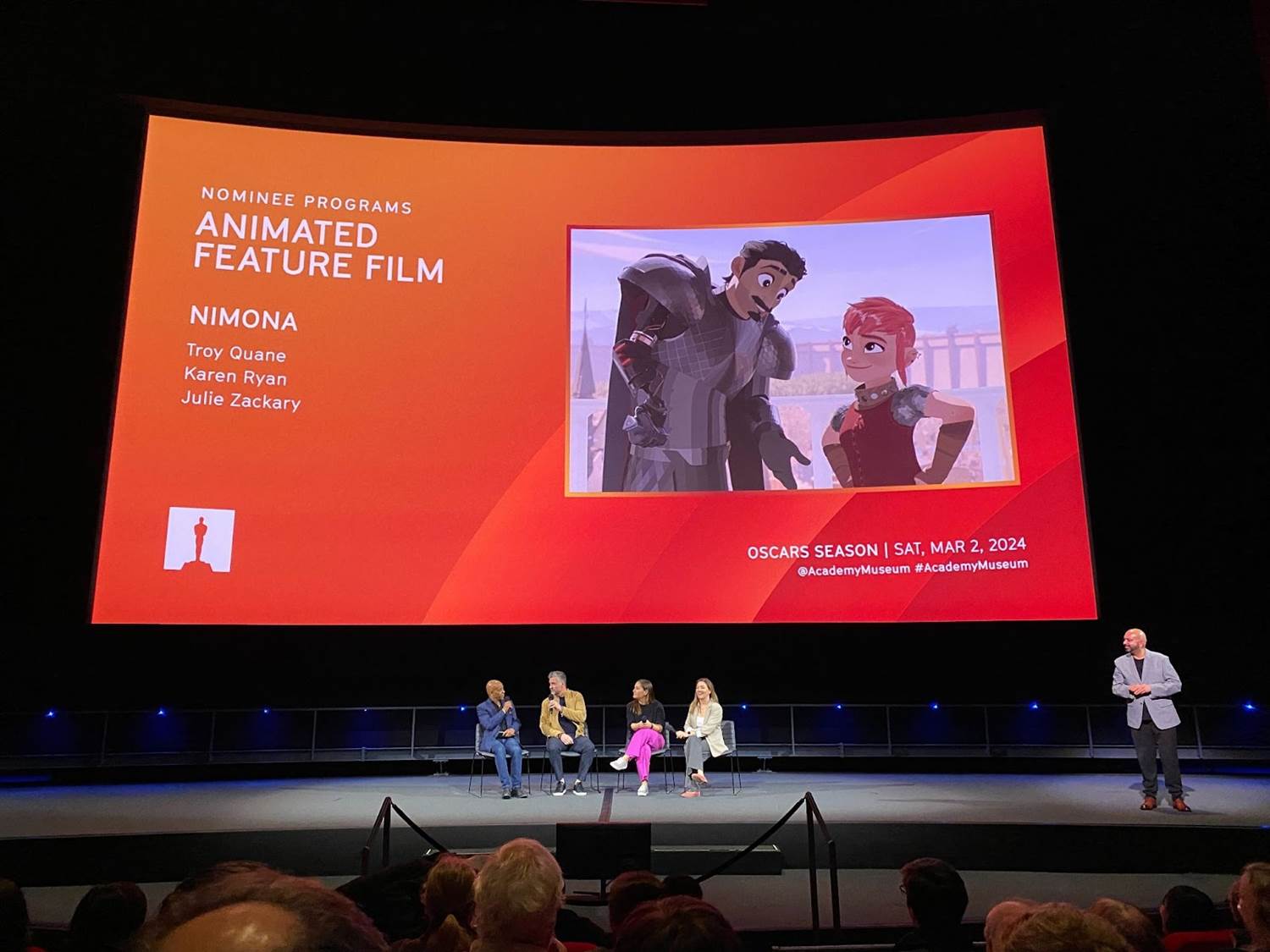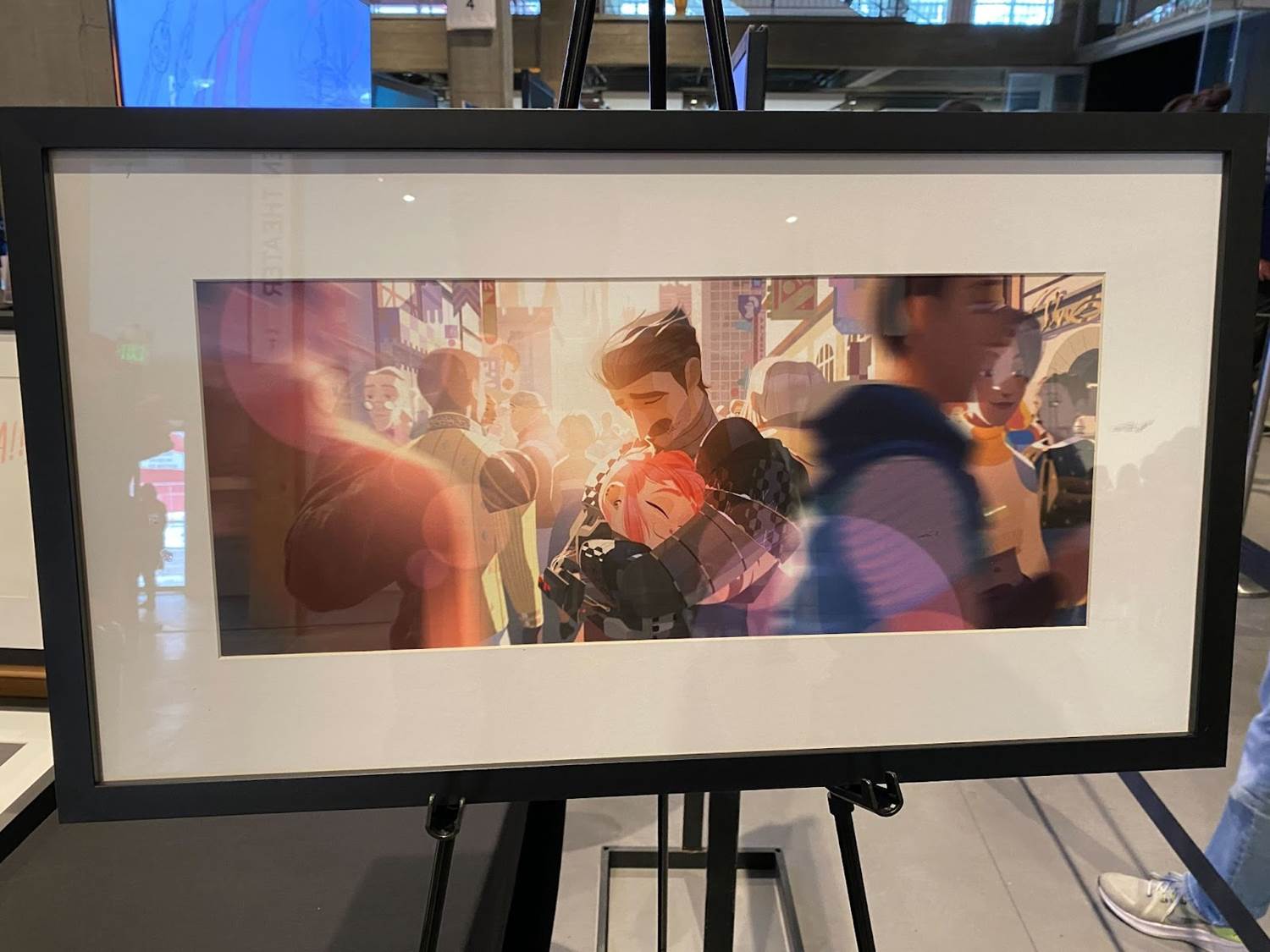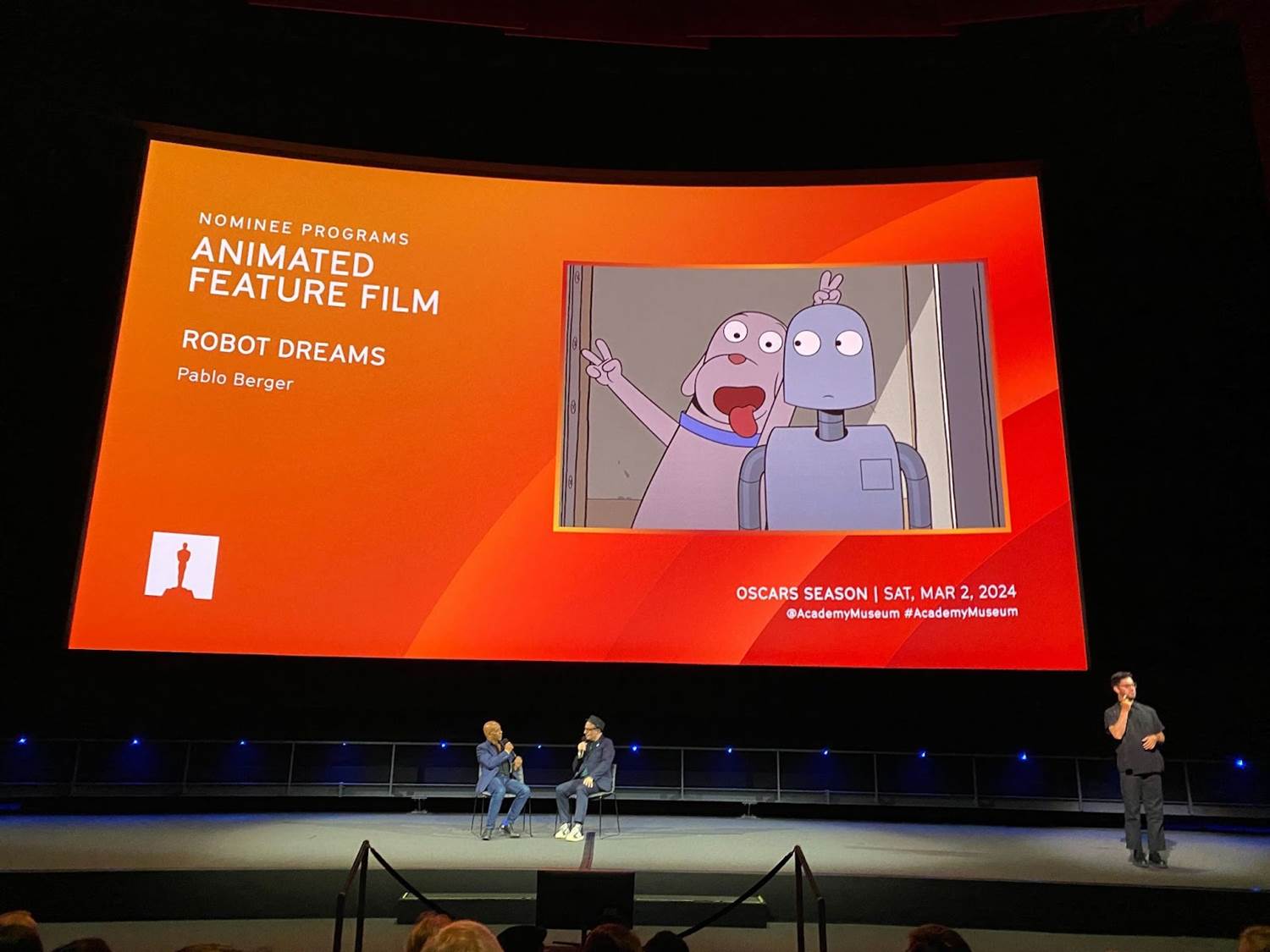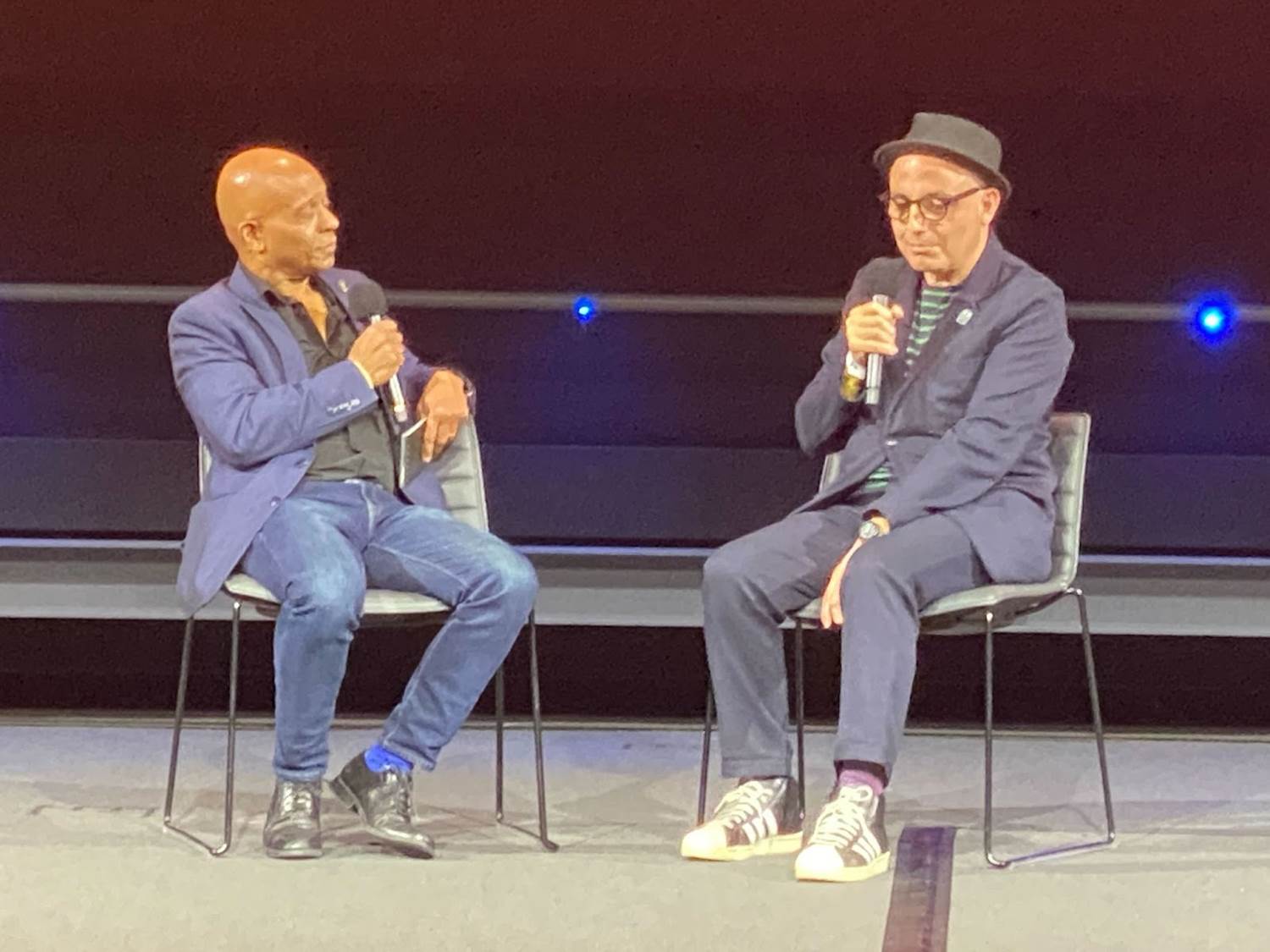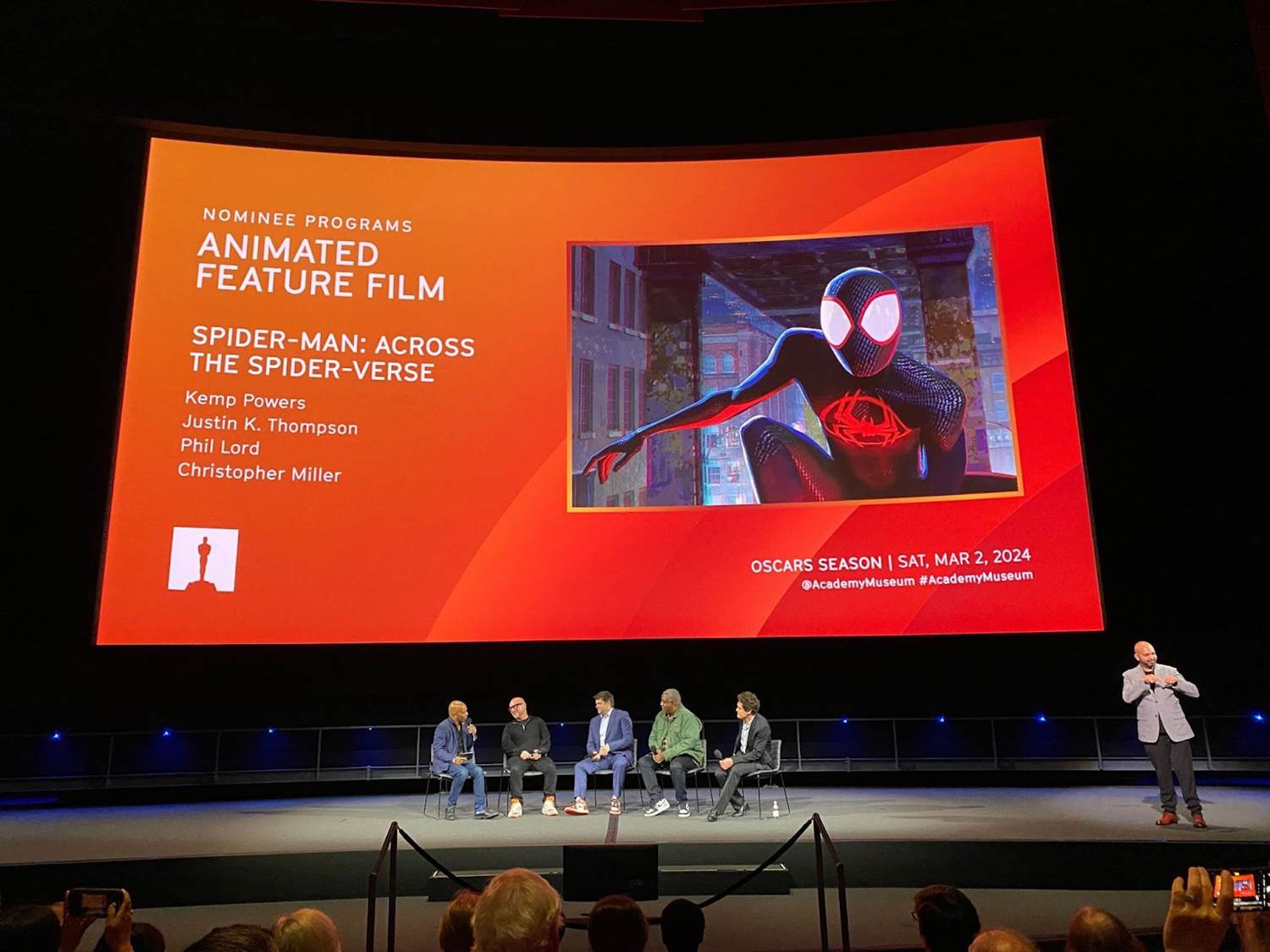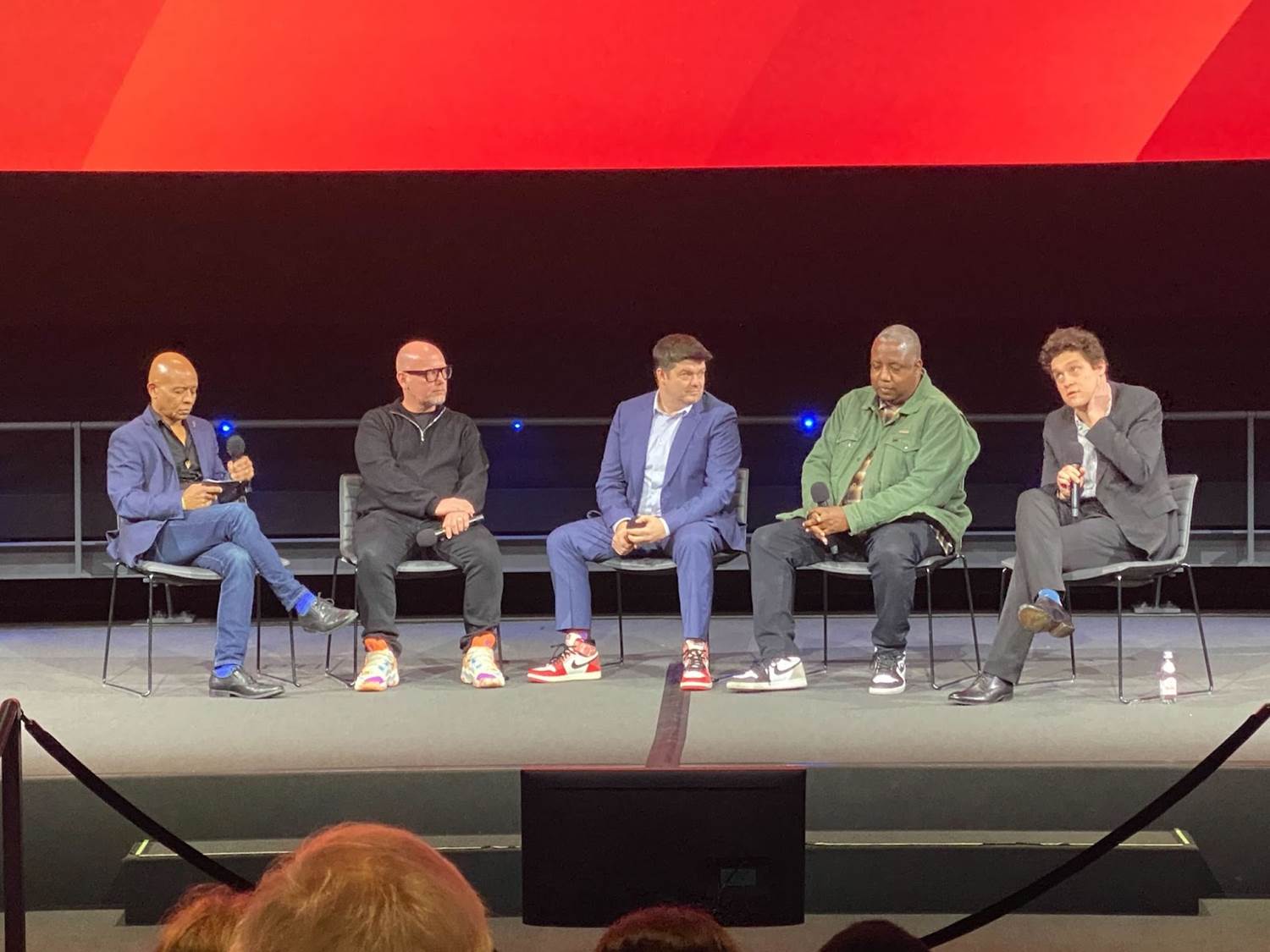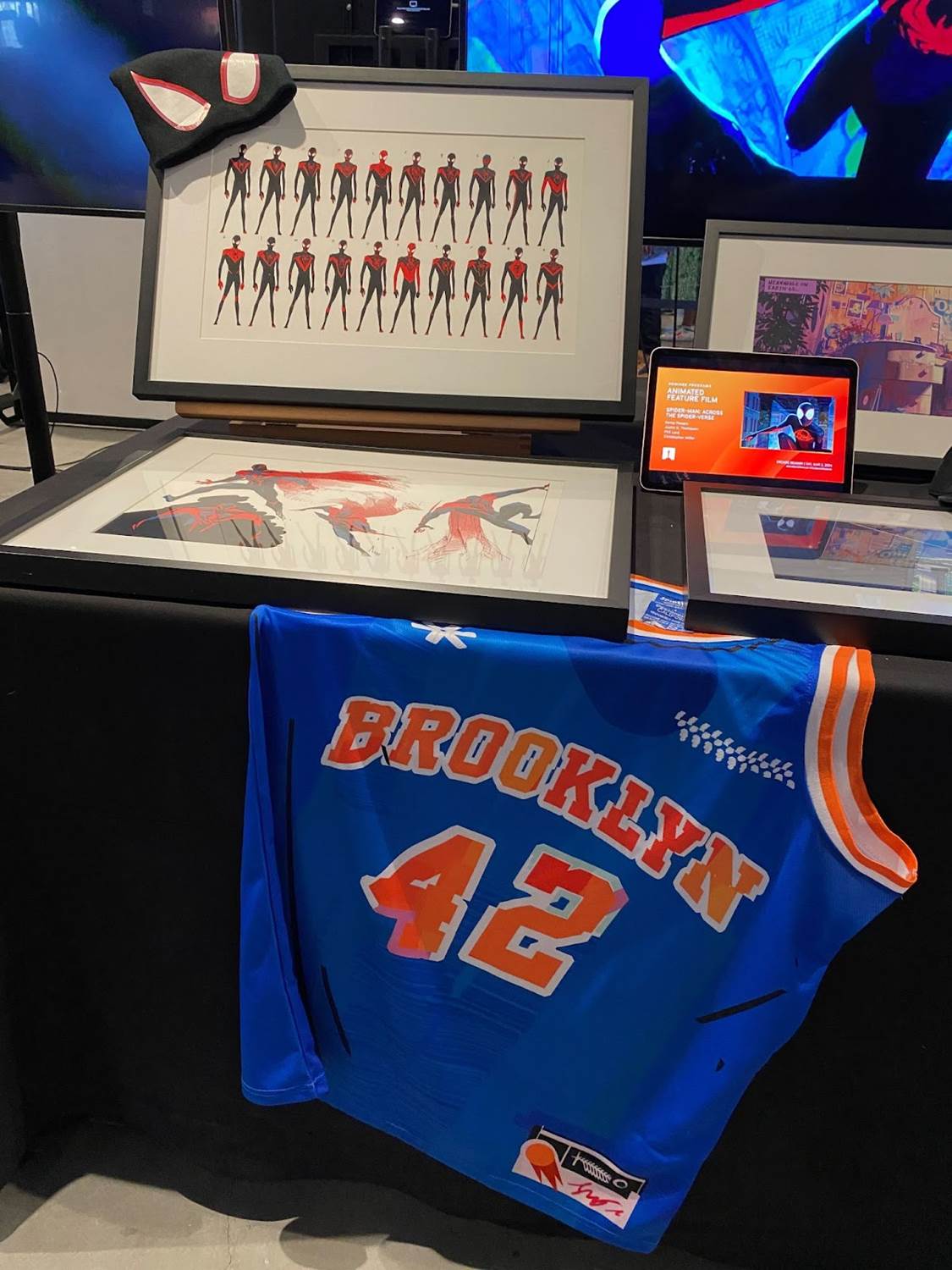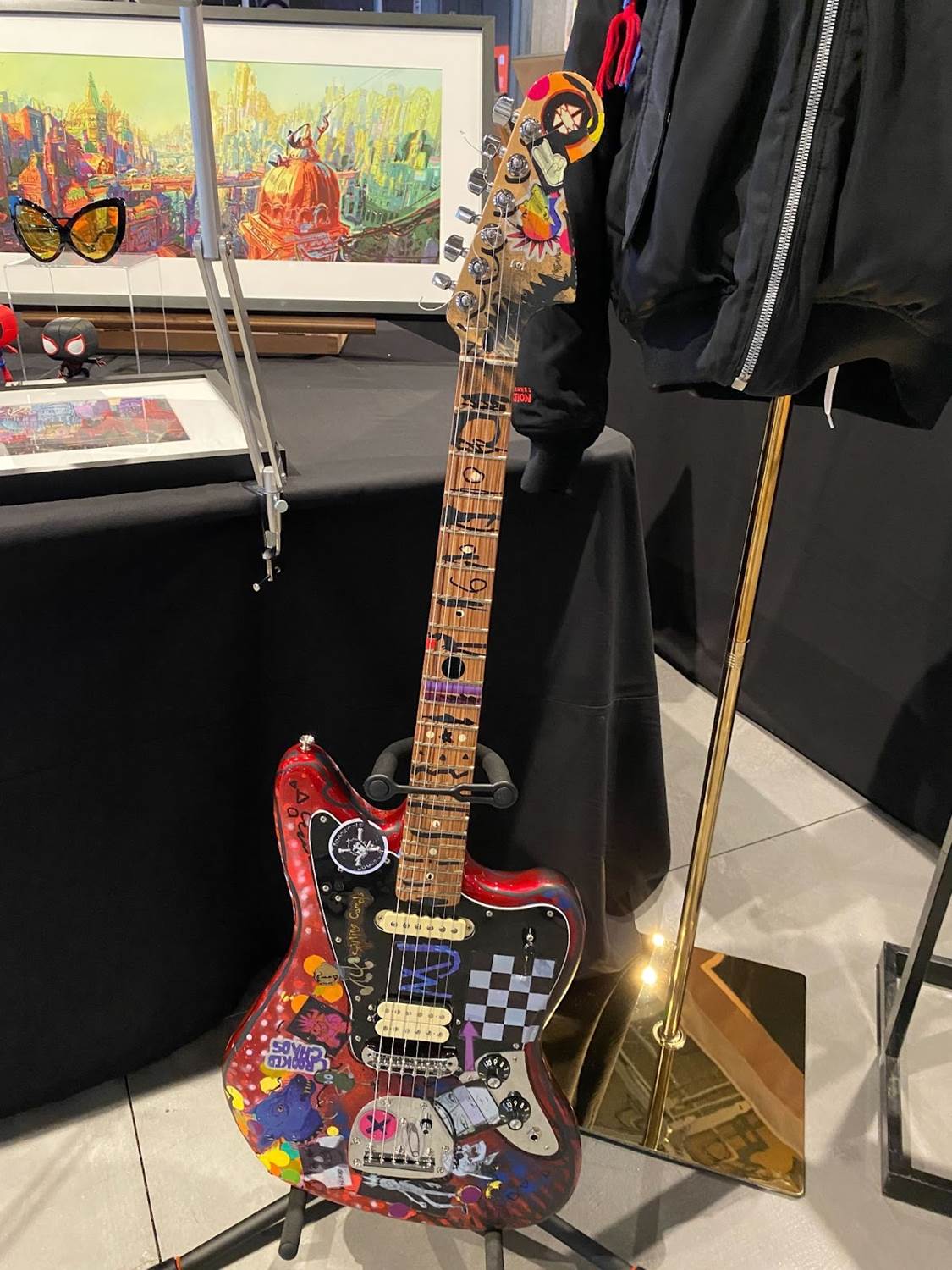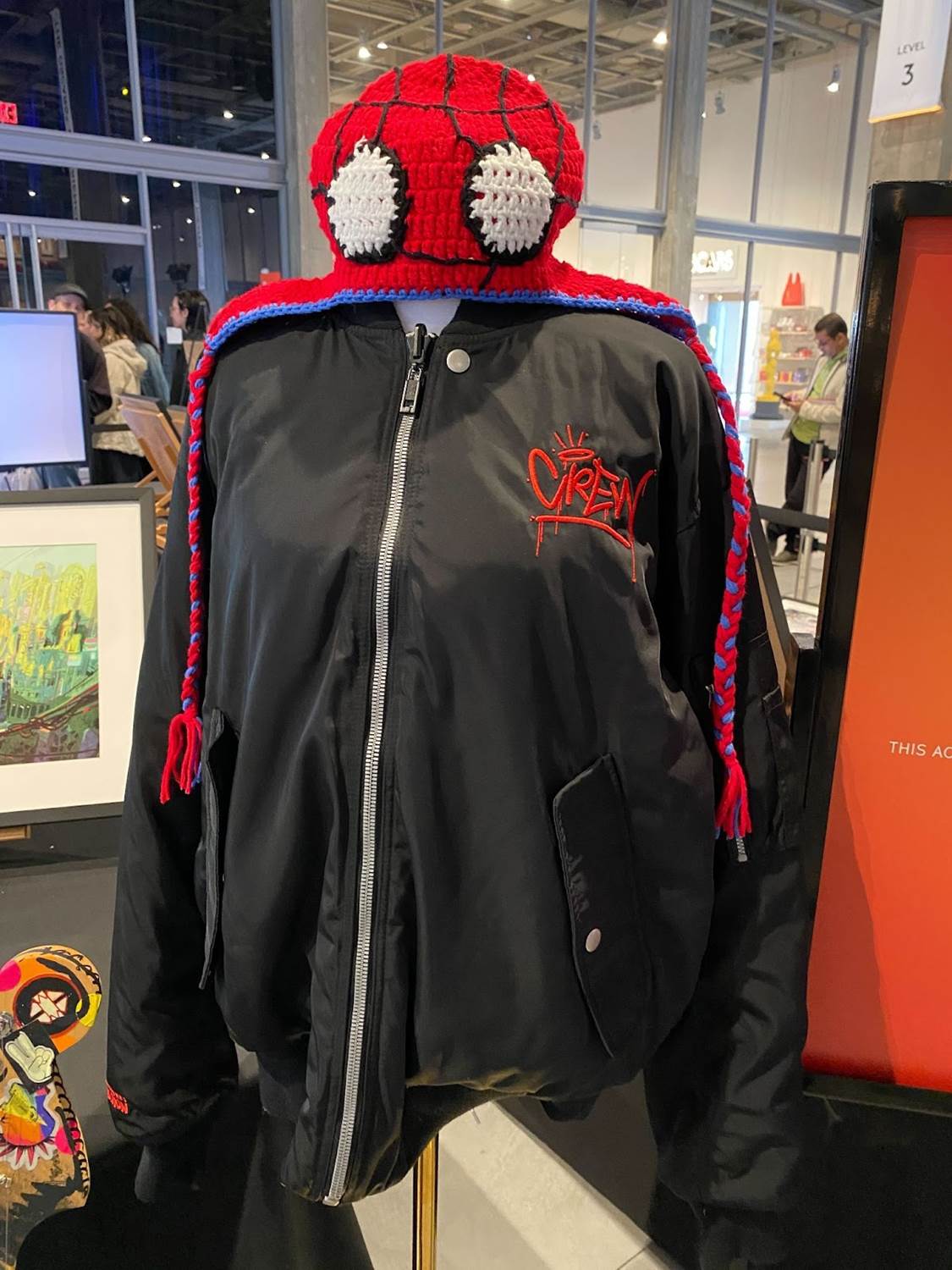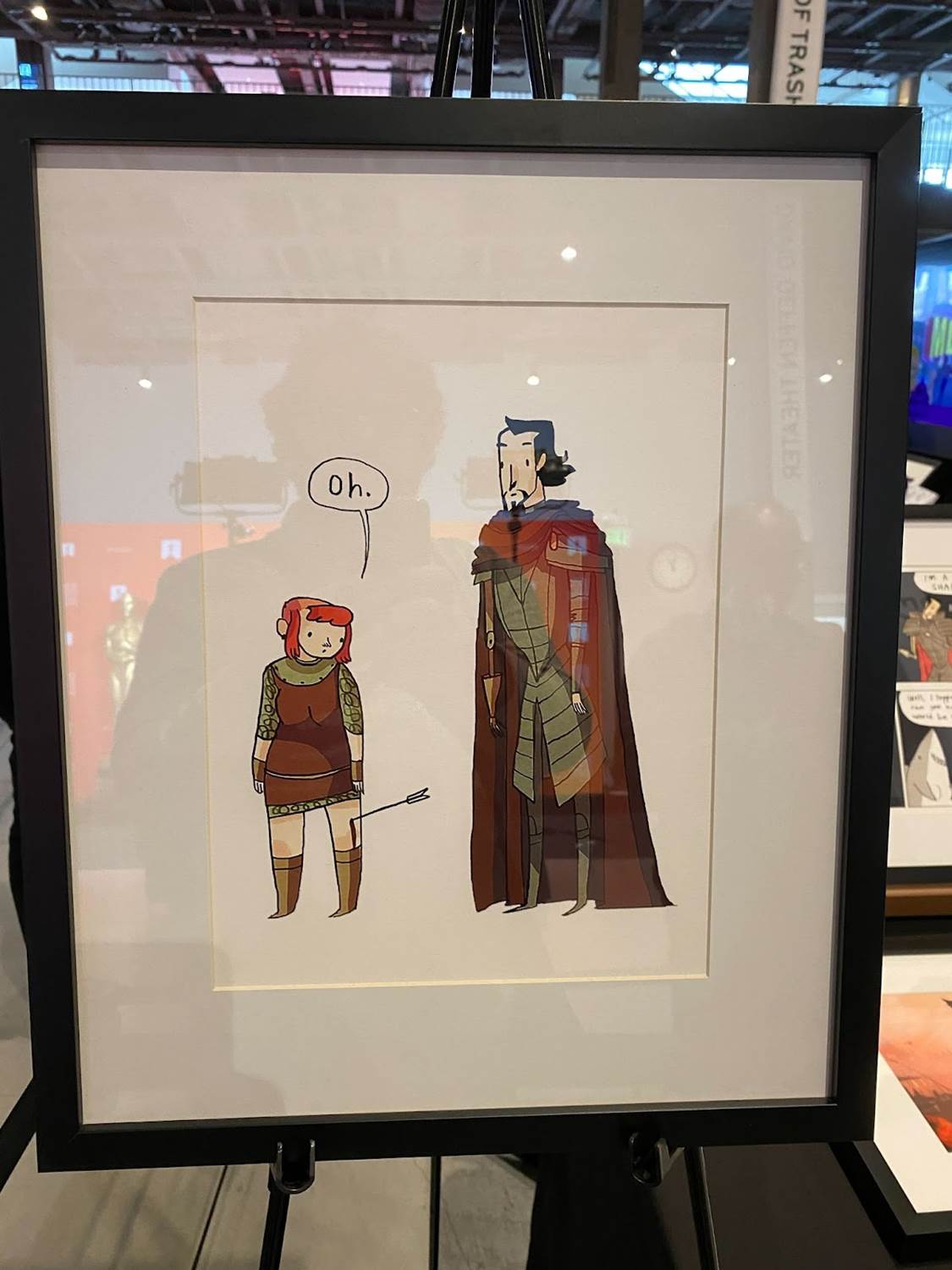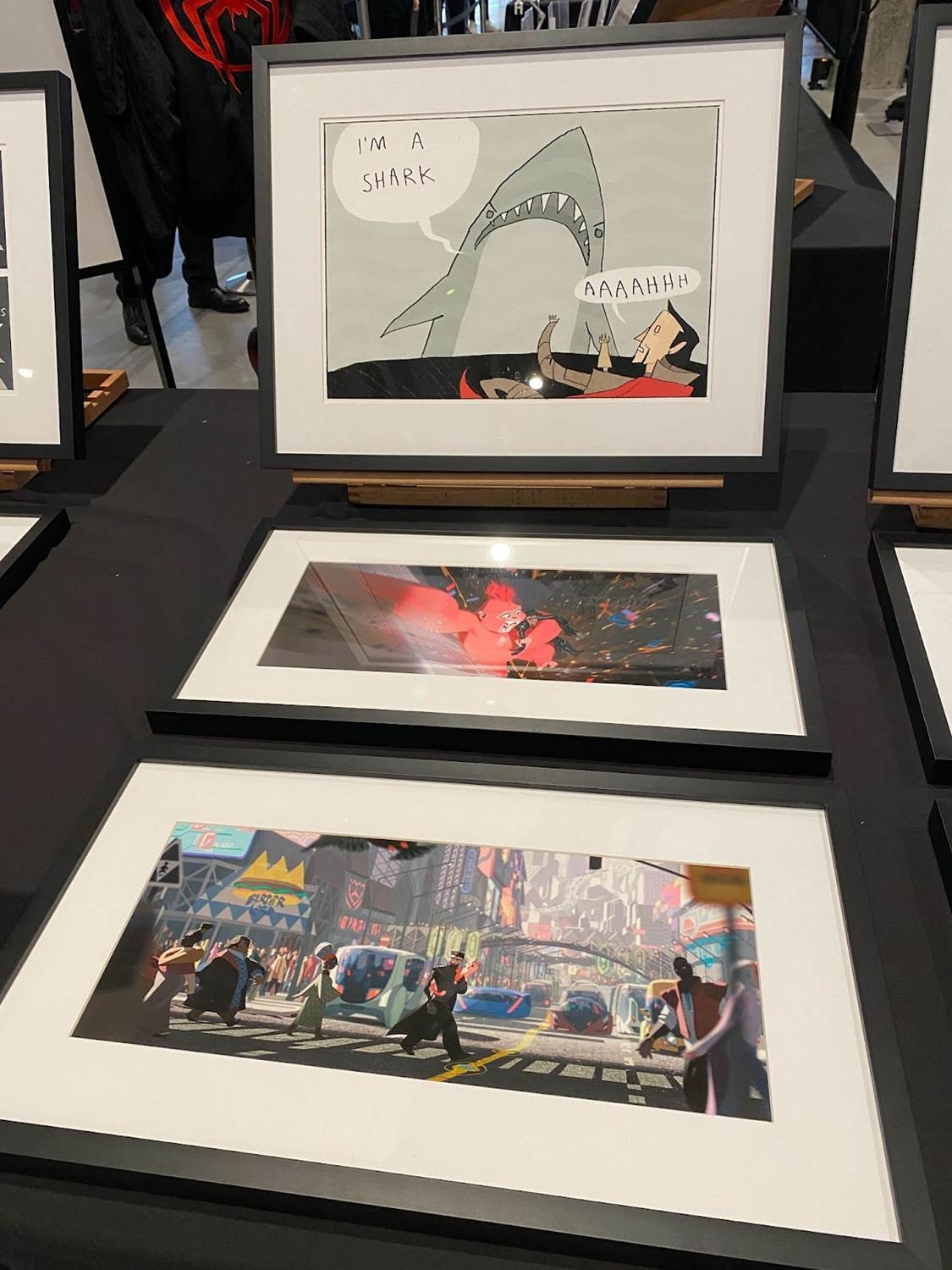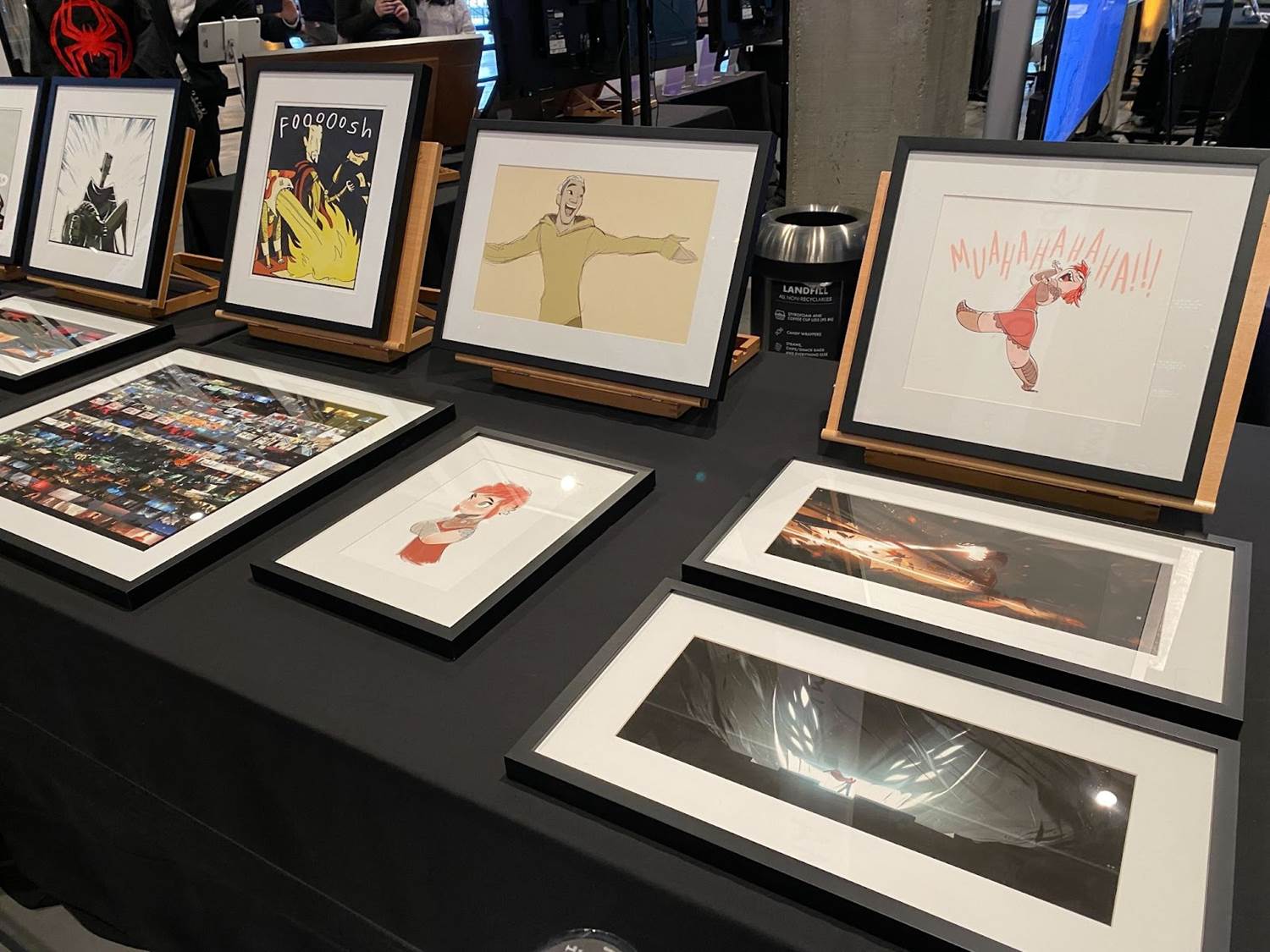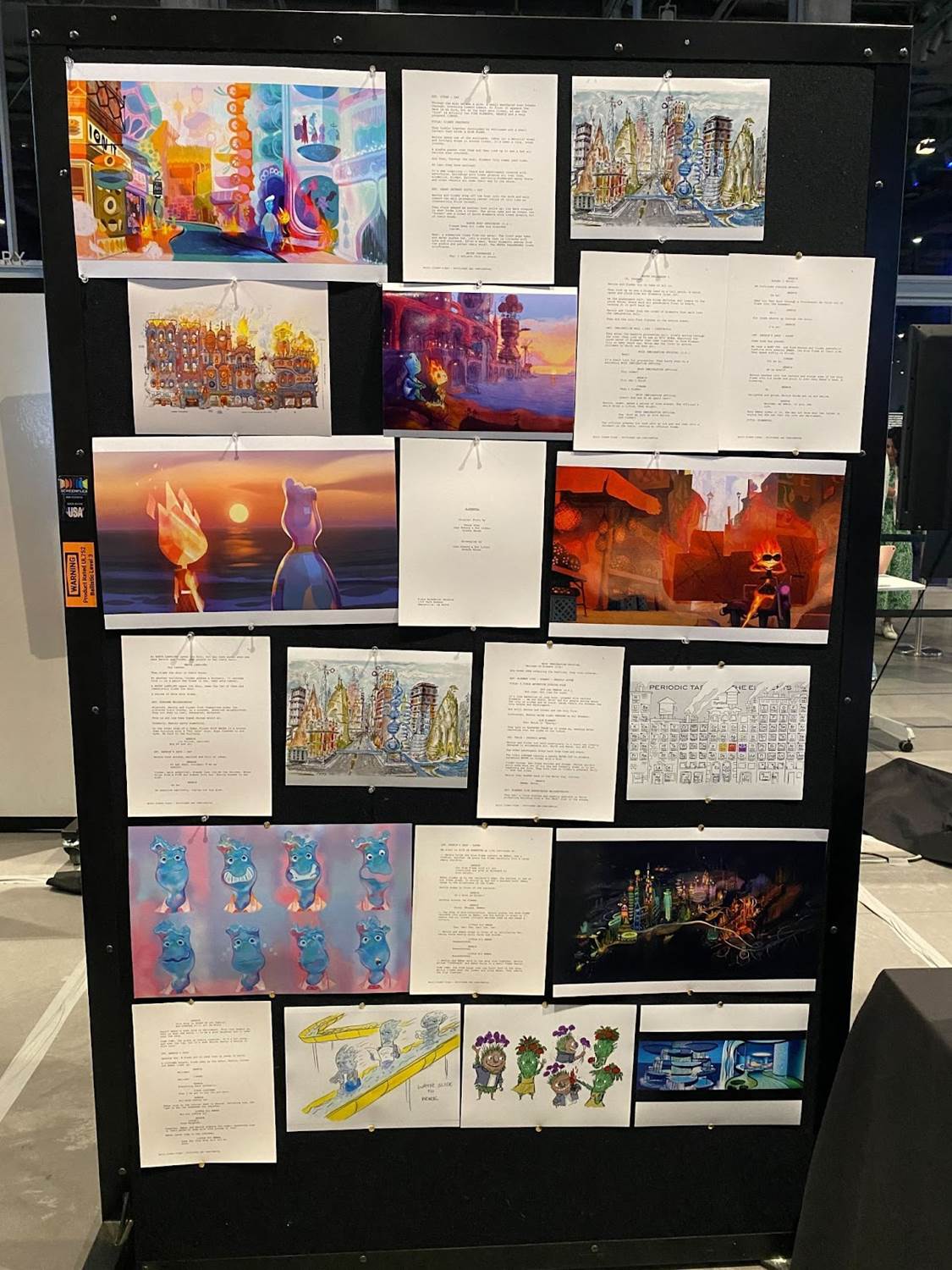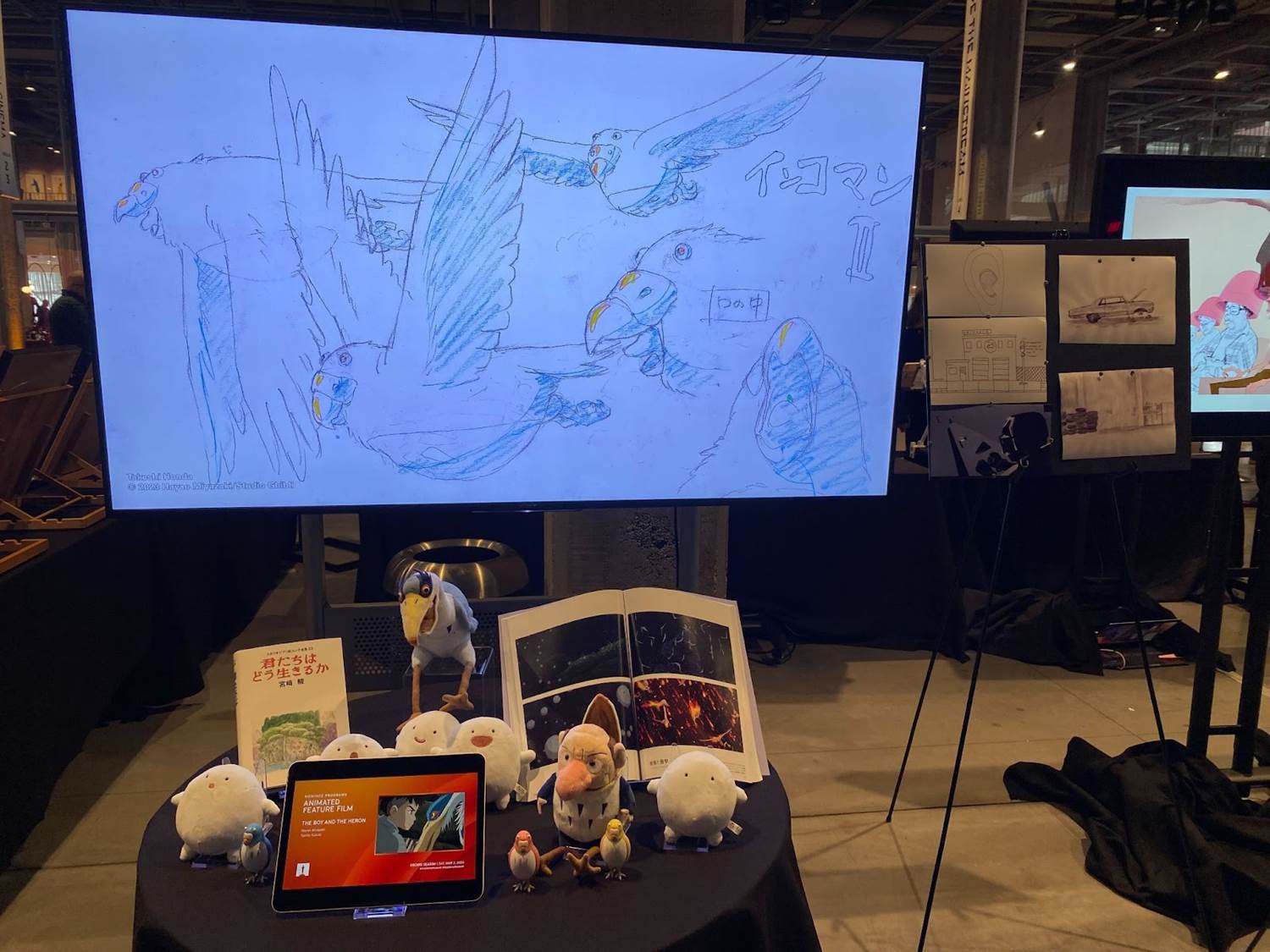Event Recap: Academy Museum Hosts Filmmaker Panel Discussions of 2024 Best Animated Feature Nominees
As I mentioned in a previous post, I was fortunate enough to return to the Academy Museum in Los Angeles this past weekend for two presentations about this year’s Oscar nominees, the second of which was for the Best Animated Feature category.
After another introduction from AMPAS Associate Director Michael Benedict, moderator Marlon West returned to the stage and commented, “You’re familiar with the quote, ‘This is a small world, but I wouldn’t want to paint it.’ Well, the animation world is even smaller," commenting on the fact that he was reuniting with a number of friends and colleagues during that day’s two animation events.
The first Best Animated Feature Film nominee to be featured was Studio Ghibli’s The Boy and the Heron, for which director Hayao Miyazaki was unable to be present. But we did get to see a clip of the movie followed by a hilariously brief video interview with Miyazaki-San, during which he said he was “very honored and grateful to the Academy." He also remarked that the movie is “not quite an autobiography, but it has some autobiographical elements." Asked what he was most proud of about the long-in-the-works new film, Miyazaki-San quipped, “I’m glad I made it all the way to the end."
Up next, Pixar Animation Studios’ Peter Sohn was brought out on stage to discuss Pixar’s Elemental. He added to Miyazaki’s thoughts by saying, “That’s animation. You put so much of your heart into it, and it takes a really long time. So much of making something like this just comes from feelings that you have." Sohn then told the story of how Elemental was born out of a radio interview in which he mentioned he was a son of the Bronx, and then was invited to an event where he thanked his parents for their sacrifices as immigrants. Elemental is about “the idea of what a community is, and passing the torch to another generation of that community." He also talked about how his grandmother had pressured her descendants to marry Koreans only, and how that created a lot of anxiety. “My father was [also] ignorant about many things, but I loved anytime I could see that door to empathy starting to open."
As far as production of the movie goes, Sohn discussed how difficult it was to make a fire person that “doesn’t just look like a person on fire." He said this was easier to do in traditional 2D animation, but that the idea of accomplishing it in computer animation split the studio. “Could an audience connect to the landscape of an effect like that? I did not know how difficult it would be. [At first] it literally looked like a Balrog from Lord of the Rings." He then mentioned how Disney’s visual effects teams helped them understand how they could “cheat the look of it." “It was a tough conversation to have about how to bring AI into the flames. Months and months later, [Ember] came to life for the first time. The difficulty of it isn’t immediately seen [on screen]." He also added that “the water character Wade was a nightmare" as well.
The third nominee for Best Animated Feature is Netflix’s Nimona, which was originally in development under Blue Sky Studios until it was canceled with Blue Sky’s closure (after The Walt Disney Company’s acquisition of 21st Century Fox) in 2021. Director Troy Quane was present with producers Karen Ryan and Julie Zackary to talk about how they “made Nimona twice. It started ten years ago and it was really special. The entire crew became a part of it. We all felt like we were doing something really special." They mentioned how the movie survived a studio merger, closure, and acquisition after being delayed due to the COVID-19 pandemic. “Filmmaking is stubbornness," they commented. Then they turned to the original graphic novel by ND Stevenson. “People fell in love with the characters. When you take over something like that, you just don’t want to screw it up."
“We started to get lost in the details until we found the message that Nimona was sending to the audience. If you really listen, the story will tell you what it wants to be. Nimona had to change shape [from the graphic novel] to become a movie. The key to an adaptation is finding the heart of it. We made a decision early on to make subtext [into] text. We weren’t going to dance around the fact that these are two men who love each other. It really is about visibility– about seeing yourself in media. We want to entertain, but when you have a platform, you also have a responsibility to reflect certain truths. The themes and characters in our movie are part of the reason we experienced pushback, but people [ultimately] believed in this. There’s hope out there." Lastly, the Nimona filmmakers discussed how they were “very intentional about diversity. It was very important to show an equal amount of men and women on screen, and also to show same-sex couples, because guess what– they exist."
The penultimate film represented in this group of nominees was Robot Dreams by filmmaker Pablo Berger, who as a newcomer to animation said he felt “like a first-time director, [even though] this is my fourth film. I read the graphic novel twice, and it wasn’t until the second time that it brought me to tears. That was because I lost people along the way. I thought if I made it into a film it might affect people the same way. We wanted to make this love-letter to New York. I want people to travel in time to a New York that vanished. Every detail had to be right [for the 1980s]. The film doesn’t have any dialogue– my favorite period of film is silent cinema. You feel things. I think film should be more like a concert or a ballet. I wanted to make films that use beautiful composition and emotion."
Berger also talked about how the short segments in his films “are dreams. They’re surreal moments. Some are from the graphic novel, but others are not. We [invented] a big tribute to Busby Berkeley with hundreds of dancers. He mentioned how his favorite moment from any movie was from the end of Woody Allen’s The Purple Rose of Cairo with Mia Farrow watching Fred Astaire and Ginger Rogers on a movie screen, and how that influenced his own filmmaking.
The final feature film to be discussed during the animation panel presentations on Saturday was Spider-Man: Across the Spider Verse from Sony Pictures Animation and Marvel Entertainment. Present for the talk were directors Kemp Powers and Justin K. Thompson, alongside producers Phil Lord and Chris Miller, who started off by saying, “The main thing was to be more ambitious [with this sequel]. You have to be aggressive. We knew making the first one was really hard, but also that we were just scratching the surface of what was possible." Then Thompson added, “I was always obsessed with telling stories. I invested heavily in the internal dialogue that characters were having. ‘What could the film say that the characters weren’t saying themselves?’"
“It’s just about narrative storytelling," they continued. “Animation can be the most emotional storytelling in cinema. We wanted to create new tools– create a new visual language [for this film]. The stuff that people remember the most– and the stuff that we worked on the hardest– were the small, intimate scenes between characters. Even from an animation standpoint, those shots were so much harder and had so much more attention paid to them. Everyone on this team was asked to bring their authentic selves to the film." Phil Lord concluded the chat by remarking, “You could do this job afraid to get in trouble, and I think that would be a huge mistake."
Much like after the Best Animated Short Film presentation, I spent some time exploring the displays in the lobby of the Academy Museum for the Best Animated Feature category.
The 96th Annual Academy Awards will be broadcast this coming Sunday, March 10th on ABC. For more information on the Academy Museum, be sure to visit the location’s official website.

